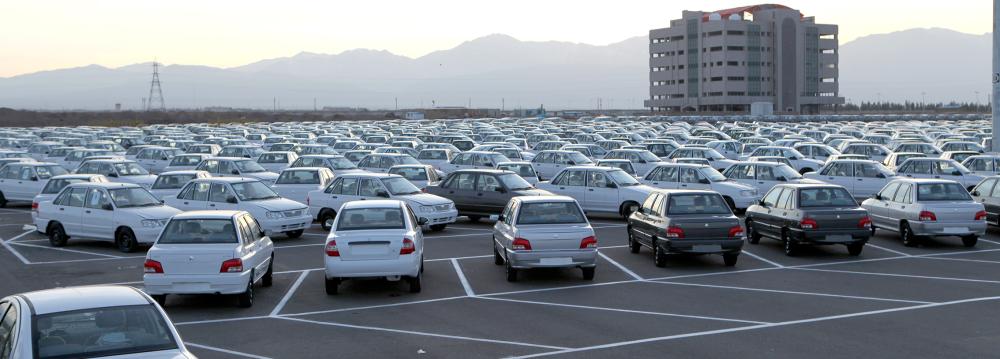Iran’s auto export rate has declined strikingly during the first quarter of the current Iranian year (started March 20) compared to the same period last year.
Although the Iranian Automotive Policy Council has ruled that exports should be on top of the domestic auto makers’ agenda, Iran’s share in the international auto market has reduced significantly, Persian Khodro a local automotive website reported.
According to statistics published by Iran’s Ministry of Industry, Mining and Trade, the number of vehicles exported during this year’s Q1 has seen a 63.6% decline compared to the same period last year.
In the past decade, Iran’s auto export rate has been fluctuating, seeing noticeable gains on some occasions and abrupt falls in others. But all in all during the 10-year-period Iran’s auto export has observed a 20.4% rise.
The instability in auto exports can be explained in the backdrop of both domestic and global factors.
Iran’s ineffective trade infrastructure, outdated automotive technology, reliance on foreign companies for providing auto parts and the unsatisfying quality of the products can account for part of the stumbling export rates, especially in recent years.
In addition, after the imposition of western sanctions, the domestic auto industry saw a striking decline in production rates through 2011, 2012 and 2013. Accordingly, this was reflected in the country’s vehicle export.
On the other hand, the broader perspective, namely the changing political and socioeconomic conditions, must be taken into account in order to properly grasp the reasons behind the altering export rates.
Iraq Biggest Market
Through the last decades neighboring Iraq has been Iran’s greatest target market for exporting vehicles, a developing country which has been struggling with war and terrorism since 2003.
Iran’s largest carmaker, Iran Khodro Company (IKCO), exports 20,000 automobiles to Iraq annually through the western Mehran border in the form of complete-knocked-down (CKD) kits and also complete-built units (CBU). Further, the company is constructing a new car factory in the city of Alexandria, south of Baghdad, which would manufacture 60 cars a day.
SAIPA, Iran’s second largest vehicle manufacturer has also been exporting over 30,000 cars to Iraq every year. The company has exported 135,000 vehicles to Iraq, during 2010-15, selling the most number of cars in the Iraqi market.
SAIPA started operations in Iraq as early as 2010, assembling cars from CKD kits. Later in 2013, a production line was inaugurated, which currently produces 120 vehicles in two working shifts every day.
In certain periods, Iran’s auto industry was doing relatively better across the borders. This was partly due to the developing sales networks, after-sales services, competitive prices and fuel efficiency.
During the last few years however, with the rise of the extremist group ISIS, Iraq has been facing militant attacks, and the ensuing economic instability and security challenges have hampered Iran’s auto export to the country.
Also the Iraqi government recently updated its regulations on car imports making them stricter. According to the new standards some of the Iranian vehicles have been classified as “substandard” and banned from entering Iraq.
By implementing stronger marketing schemes and enhancing the quality of products Iran might be able to regain its former firm foothold in the country.
Iran’s cars and spare parts exported in the first four months of the current Iranian year amounted to $74 million. In recent years, Iran has exported vehicles and spare parts to Afghanistan, Iraq, Turkey, Ukraine, France, South Korea, Nigeria, Italy, the UAE, Azerbaijan, Tajikistan, Sudan, Lebanon and Kazakhstan.
This year, the country’s vehicle exports have expanded to new European markets such as Germany and Belgium.


